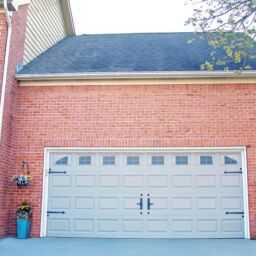Until recently the standards and regulation surrounding the electrical wiring and installation in the UK varied greatly from other European countries. However the standards and regulations in the UK no longer differ substantially from other European countries.
The current wring colours used in the UK are as follows:
o Protective Earth = Green
o Neutral = Blue
o Single Phase: live, three phase L1 = Brown
o Three Phase L2 = Black
o Three Phase L3 = Grey
When it comes to the UK electrical power circuits, they are normally described as either radial or ring. If a power circuit is radial the power is transmitted from point to point, which is conducted by a single length of cable that links each point to the next. This starts at the main switch or fuse and terminates at the last connected device. It may branch at a connection point. Lighting circuits are normally wired in this way, but it may also be used for low power socket circuits.
The ring circuit however is unknown in many other national wiring codes. With a ring circuit a cable starts at the supply point and then goes down to each device, the same way as in a radial circuit. The last device is connected back to the supply so that the whole circuit forms a continuous ring. The primary advantage is to allow more power to be supplied than could otherwise be carried with a given size of cable.
Going back to the standards and regulations, it should also be noted that there has been considerable change to the rules surrounding electrical installation. These changes mean that all electrical work within a domestic setting must be in compliance with British standards as a requirement of Part P. The building regulations, which are Part P, were introduced to England and Wales on 1st of January 2005.
When these building regulations were introduced in 2005 they were met with a lot of controversy especially when it come to the rules surrounding work that is carried out by non-professional bodies such as DIY work. Under the new regulations, initiation of any work other than simple changes becomes notifiable to the local building control authority. What is meant by simple changes are aspects such as adding extra lights or sockets to an existing circuit. Work on a bigger scale than this should be carried out by a professional.
When the new Part P regulations were brought about in 2005 the government approved several professional bodies’ awards to ‘competent persons.’ This allows these ‘competent persons’ to self-certify work they carry out.
The Building Control Authority must be informed of any work that is carried out by someone not qualified under this scheme, unless the work is done in an emergency.
Any electrical work carried out needs to be approved and when it is approved you will be granted a certificate, a Building Regulations Completion Certificate.
If you do have any electrical wiring or installation work that needs to be carried out on your property it is important that you hire a professional to not only make sure that your work is carried out in a professional manner but to ensure that your electrical installation or re-wiring etc meets the standards set out by the Part P regulations.
AUTOPOST by BEDEWY VISIT GAHZLY


